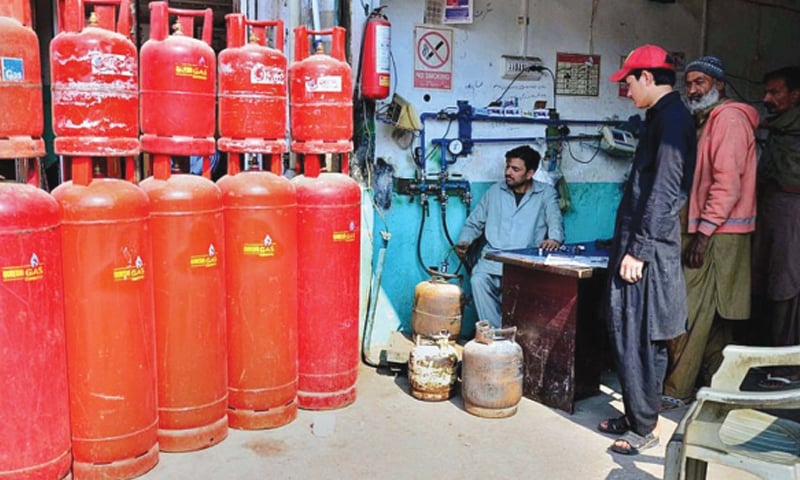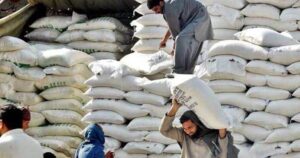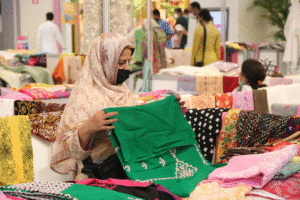PESHAWAR – An unexpected increase in gas prices is set to hit millions of households starting 1 July—and the real shock lies in the fine print.
The Oil and Gas Regulatory Authority (OGRA) has issued a fresh notification that raises not only per-unit gas rates but also imposes steep fixed monthly charges. Whether you are a protected consumer, a business owner, or running a tandoor, you are going to feel the impact—and possibly sooner than you think.
So, what exactly has changed?
For protected household consumers, gas prices will now range from 200 to 350 rupees per MMBTU, along with a fixed charge of 600 rupees. But if you’re not protected, brace yourself: you’ll pay between 500 and 4200 rupees per MMBTU, with fixed monthly charges of 1500 rupees—and for higher usage, even 3,000 rupees per month.
And it’s not just homes being affected.
Hospitals, schools, bakeries, industries—even roti tandoors—have all been hit by the latest increase in gas prices. From public hospitals now paying 3,175 rupees per MMBTU to cement factories being charged 4,400 rupees, the ripple effect on basic goods and services may show up in your daily expenses faster than expected.
OGRA’s new rates include:
- Commercial use: 3,900 rupees per MMBTU
- General industry: 2,300 rupees
- Captive power plants: 3,500 rupees
- CNG stations: 3,750 rupees
- Fertiliser factories: 1,597 rupees
- Power producers (including K-Electric): 1,225 rupees
But here’s the question no one is answering: why now—and what’s coming next?
With inflation already suffocating the average household, this increase in gas prices could mark the beginning of even tougher months ahead. Fixed charges make the burden unavoidable — even for those who use less.












